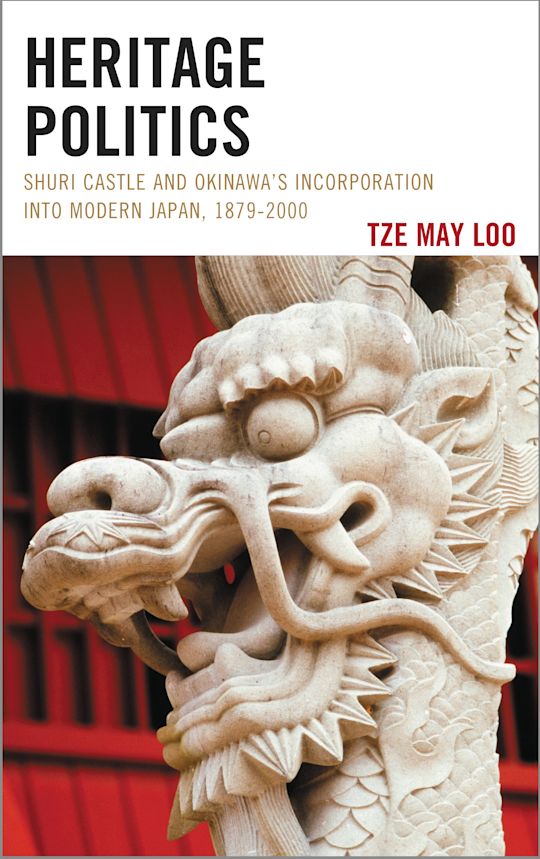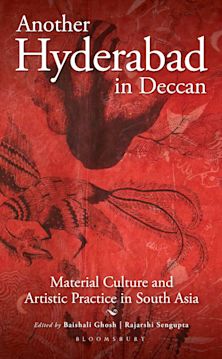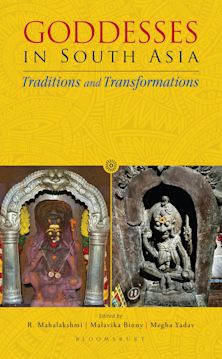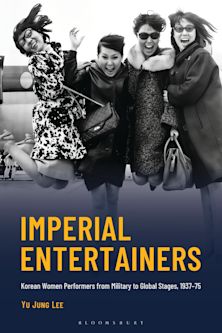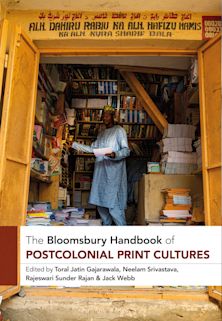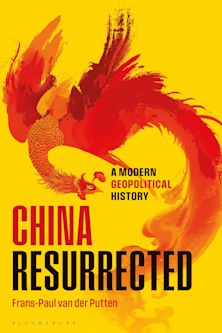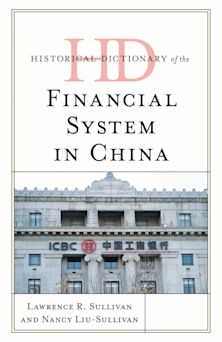- Home
- ACADEMIC
- History
- Asian History
- Heritage Politics
Heritage Politics
Shuri Castle and Okinawa’s Incorporation into Modern Japan, 1879–2000
Heritage Politics
Shuri Castle and Okinawa’s Incorporation into Modern Japan, 1879–2000
You must sign in to add this item to your wishlist. Please sign in or create an account
Description
Heritage Politics: Shuri Castle and Okinawa's Incorporation into Modern Japan, 1879–2000 is a study of Okinawa’s incorporation into a subordinate position in the Japanese nation-state, and the role that cultural heritage, especially Okinawa’s iconic Shuri Castle, plays in creating, maintaining, and negotiating that position. Tze May Loo argues that Okinawa’s cultural heritage has been – and continues to be – an important tool with which the Japanese state and its agents, the United States during its 27-year rule of the islands (1945–1972), and the Okinawan people articulated and negotiated Okinawa’s relationship with the Japanese nation state. For these three groups, Okinawa’s cultural heritage was a powerful way to utilize the symbolism of material objects to manage and represent the islands’ cultural past for their own political aims. The Japanese state, its agents, and American authorities have all sought to use Okinawa’s cultural heritage to control, discipline, and subordinate Okinawa. For Okinawans, their cultural heritage gave them a powerful way to resist Japanese and American rule, and to negotiate for a more equitable position for themselves. At the same time, however, this book finds that Okinawan strategies to deploy their cultural heritage politically are deeply intertwined with, and to a significant extent enabled by, precisely these Japanese and American attempts to govern Okinawa through its heritage. This examination of the political role of Okinawa’s cultural heritage is a window into a wider process of how nation-states and other political formations make themselves thinkable to the people they rule, how the ruled seek out spaces to make claims of their own, and how cultural pasts, once made usable, are implicated in these processes.
Table of Contents
Chapter 1: Of Ruptures and Returns: Okinawa in the Japanese national imaginary
Chapter 2: Saving Shuri Castle: Ito Chuta and the discovery of Okinawa's cultural heritage
Chapter 3: Remembering Okinawa Shrine
Chapter 4: Defining Cultural Heritage: the Mingei movement in Okinawa
Chapter 5: Returns and Repetitions: the uses of Okinawa's cultural heritage in the postwar period
Conclusion
Product details
| Published | 14 Mar 2014 |
|---|---|
| Format | Hardback |
| Edition | 1st |
| Extent | 222 |
| ISBN | 9780739182482 |
| Imprint | Lexington Books |
| Illustrations | 10 b/w photos; |
| Dimensions | 235 x 161 mm |
| Series | AsiaWorld |
| Publisher | Bloomsbury Publishing |
About the contributors
Reviews
-
Heritage Politics is worth the time to read.
The Journal of Japanese Studies
-
Heritage Politics: Shuri Castle and Okinawa’s Incorporation into Modern Japan, 1879-2000 is a powerful critical examination of the central lieu de mémoire in Okinawa, and—as Loo persuasively argues—one more broadly important to Japan itself: Shuri Castle. Her study is more than a survey of the transformation of the structure over time, with its successive destructions and reconstructions, although her narrative does address that through a meticulous examination of the fragmentary primary materials that survived the Pacific War. The castle becomes the occasion for a complex and nuanced exploration of the social and political transformation of the Okinawan people following the islands’ incorporation into the modern Japanese state at the close of the 19th Century. Shuri first comes to stand for the disestablished monarchy, as it is erased it from popular discourses and falls into near total ruin. At the same time, it is subject to fascinating appropriations by colonial bureaucrats, mainland academics and local activists, who figure it variously as a sign of a common Japanese and Okinawan heritage, a marker of uneven development, and an index of local subordination to central authority. Most interestingly, it becomes a powerful ritual space in an emerging Japanese imperial ideology, a site that authorizes the articulation of local notions of filial piety and obeisance with a newly-constructed doctrine of absolute and unquestioning loyalty to the emperor of Japan. Loo provides a brilliant critique of this ideology in a detailed study of its material and practical underpinnings, exposing complex and ambiguous dimensions of colonial rule, local accommodation and resistance.
Christopher Nelson, University of North Carolina
-
Heritage Politics provides a deeply researched and nuanced account of the transformations undergone by Shuri Castle as an iconic site of struggle over Okinawan and Japanese identity. Tze May Loo compellingly demonstrates the necessity of joining close analysis of material culture with critical interrogation of colonialism and imperialism in both the prewar and postwar periods. Her work thus represents an important contribution to multiple fields, including art and architectural history, cultural policy and heritage studies, Asian intellectual and political history, and colonial studies.
Noriko Aso, University of California, Santa Cruz

ONLINE RESOURCES
Bloomsbury Collections
This book is available on Bloomsbury Collections where your library has access.









